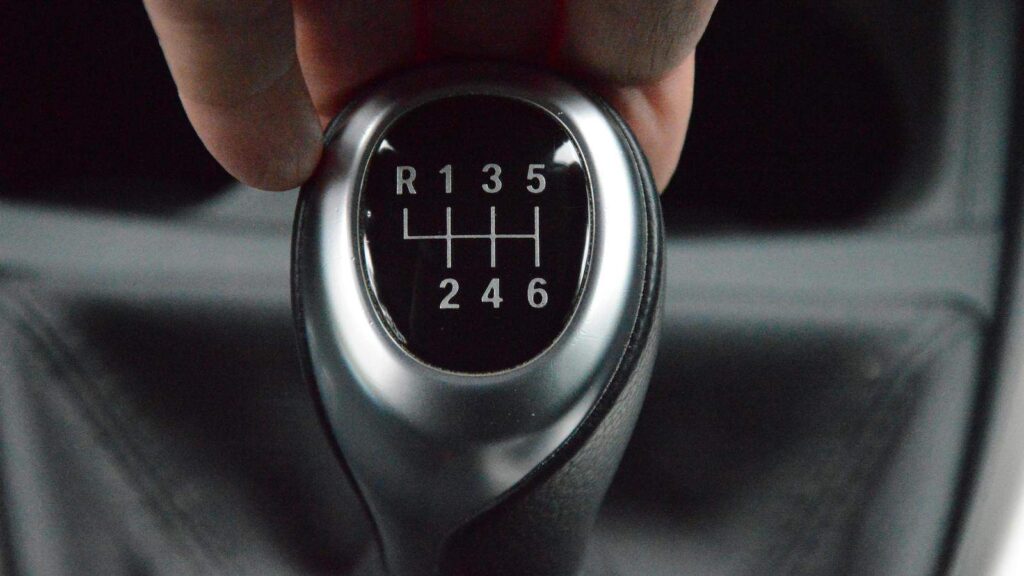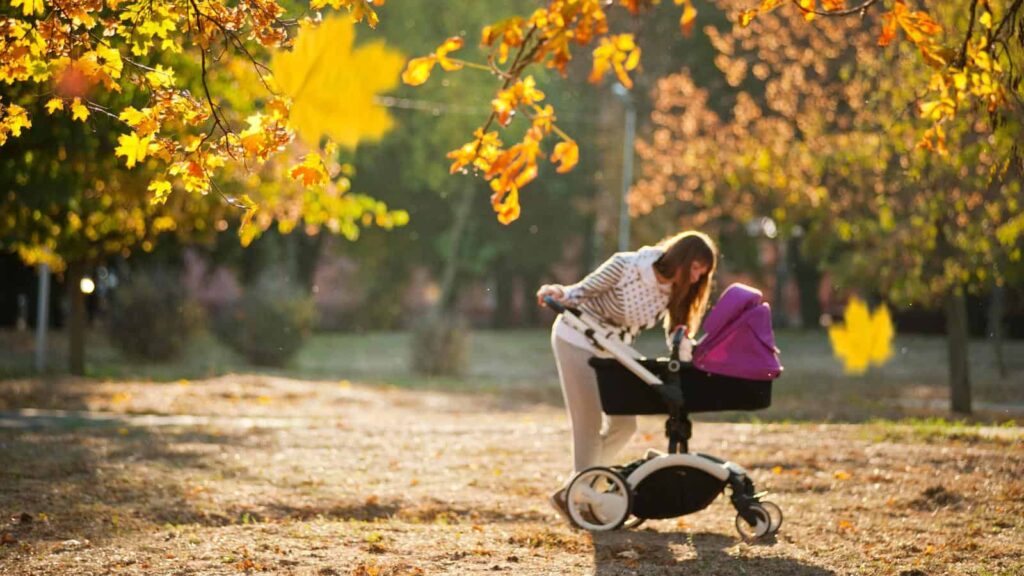14 European Things Americans Don’t Understand
14 European Things Americans Don’t Understand

Exploring the differences between European and American lifestyles can be quite an eye-opener. From everyday habits to deep-rooted cultural practices, there are many things that Americans might find surprising or hard to understand about Europe. This list dives into some of those unique aspects, ranging from social norms like underage drinking at family events to practical differences such as the rarity of air conditioning in homes. Understanding these distinctions helps highlight the diversity and richness of cultures across the Atlantic, offering a glimpse into how daily life varies around the world.
1. Underage Drinking at Family Events

In many European countries, it’s common for underage individuals to partake in drinking alcohol, especially at family gatherings, with champagne being a popular choice. This cultural practice is often seen as a way to introduce young people to responsible drinking habits within a safe and supervised environment. Unlike in the United States, where strict age restrictions are enforced, European families may view moderate consumption of alcohol by teenagers as a normal part of social and family life.
2. Tipping is Not Really a Thing

Tipping in Europe is vastly different from the United States. In many European countries, service charges are included in the bill, and employees are generally paid a living wage. While tipping for exceptional service is appreciated, it’s not expected to the same extent as in the U.S. This can be confusing for Americans visiting Europe, who may be accustomed to tipping generously in restaurants, bars, and taxis.
3. Unfurnished Apartments

Renting an apartment in Europe can come with a surprise for Americans: many rental properties are unfurnished. This means not just lacking beds or sofas but also essential appliances like refrigerators or washing machines. Tenants are expected to provide their own, which reflects a European approach to housing that emphasizes long-term residency and personalization of living spaces.
4. AC Isn’t the Default Rule

Air conditioning is not as common in European homes and buildings as it is in the United States. Due to milder summers and a focus on energy efficiency, Europeans often prefer natural ventilation through windows or use of fans. This can be a shock for Americans during the summer months, especially in southern European countries that can experience high temperatures.
5. Long Dinners

Dining in Europe is often a leisurely affair, with meals stretching over several hours. This contrasts sharply with the American emphasis on quick service and convenience. Europeans tend to view meals as a time for enjoyment and socializing, with less rush and more emphasis on the dining experience itself, including conversation, multiple courses, and often lingering over coffee or dessert.
6. Not Having a Big Truck
The preference for large trucks and SUVs common in the United States is not mirrored in Europe. European streets and parking spaces are generally smaller, and fuel costs are higher, making compact cars more practical and popular. This difference in vehicle preference underscores broader differences in lifestyle and urban design between Europe and the U.S.
7. Not Having a Garbage Disposal Unit in Your Sink

Garbage disposal units, common in American kitchens, are rare in European homes. Europeans often dispose of organic waste separately, using dedicated bins for compostable materials. This practice reflects a broader European emphasis on waste separation and recycling as part of environmental conservation efforts.
8. Narrow Roads

European roads, especially in older cities and towns, are often narrower than those in the United States. This can be challenging for Americans used to wide lanes and ample parking. The narrow streets are a product of historical development patterns and are designed to accommodate pedestrians, bicycles, and compact cars more than large vehicles.
9. Considering a Half Hour Drive a Long Drive

In many parts of Europe, a half-hour drive is often considered a significant distance, unlike in the United States where long commutes and drives are more common. This perception is shaped by the density of European cities and the availability of public transport, which reduces the need and desire for long car journeys.
10. Europe is Varied

Europe’s diversity is sometimes underestimated by Americans, who may not realize the extent to which European countries differ from each other. Similar to how U.S. states have their own cultures, laws, and traditions, European countries have distinct identities, languages, cuisines, and histories. Understanding Europe requires recognizing this diversity rather than viewing it as a monolithic entity.
11. Manual Cars

Unlike in the United States, where automatic transmission vehicles dominate, manual cars are still very popular in Europe. The preference for manual transmission is linked to a variety of factors, including lower purchase costs, better fuel efficiency, and a tradition of driving engagement. Americans visiting or moving to Europe may find themselves needing to adjust to driving a manual vehicle.
12. Shorter Prison Sentences

European criminal justice systems often impose shorter prison sentences than those in the United States and generally do not allow for sentences to be cumulated in most cases. This reflects a different approach to incarceration, focusing more on rehabilitation and reintegration into society rather than long-term punishment.
13. Mandatory Voting

In some European countries, voting in elections is not just a right but a legal obligation. Countries like Belgium and Greece require citizens to vote, a stark contrast to the United States, where voter participation is voluntary. This policy aims to ensure a high level of civic engagement and representation in the democratic process.
14. Babies Napping Outside

In certain northern European cultures, it is common to let babies nap outside in strollers, even without direct supervision. This practice is based on the belief that exposure to fresh air, regardless of the season, benefits the children’s health and well-being. This custom can seem unusual to Americans, where concerns about safety and comfort typically keep infants indoors or under close watch.
15 Mistakes People Make When Road Tripping Across The USA

Taking a road trip across the USA is an exciting adventure filled with endless possibilities. From coast to coast, the country offers breathtaking landscapes, vibrant cities, and quirky roadside attractions. However, even the best adventures can have pitfalls. Whether it’s planning your route, deciding where to eat, or figuring out where to stay, it’s easy to make mistakes that can impact your journey. To help you navigate your way to a memorable trip, we’ve listed 15 common mistakes people make on a USA road trip and how to avoid them.
Read More: 15 Mistakes People Make When Road Tripping Across The USA
12 US Culture Things Europeans Just Don’t Understand

This article talks about 12 things that Americans do that Europeans might find strange or hard to understand, showing how life and views can vary a lot from one place to another.
Read More: 12 US Culture Things Europeans Just Don’t Understand
We are Mary and Eric, the founders of Be Right Back, a blog dedicated to romance around the globe and at home.
We are Mary and Eric, the founders of Be Right Back, a blog dedicated to romance around the globe and at home. With over 10 years of experience in dating and traveling to romantic places, we share our favorite date ideas and romantic destinations to help couples level up their relationships. Having lived in and traveled through the USA, we also share our favourite things to do in the States.
With 70,000 monthly readers and 16,000 followers on social media, Be Right Back is your go-to resource for romantic trip ideas and couple activities at home and abroad.
